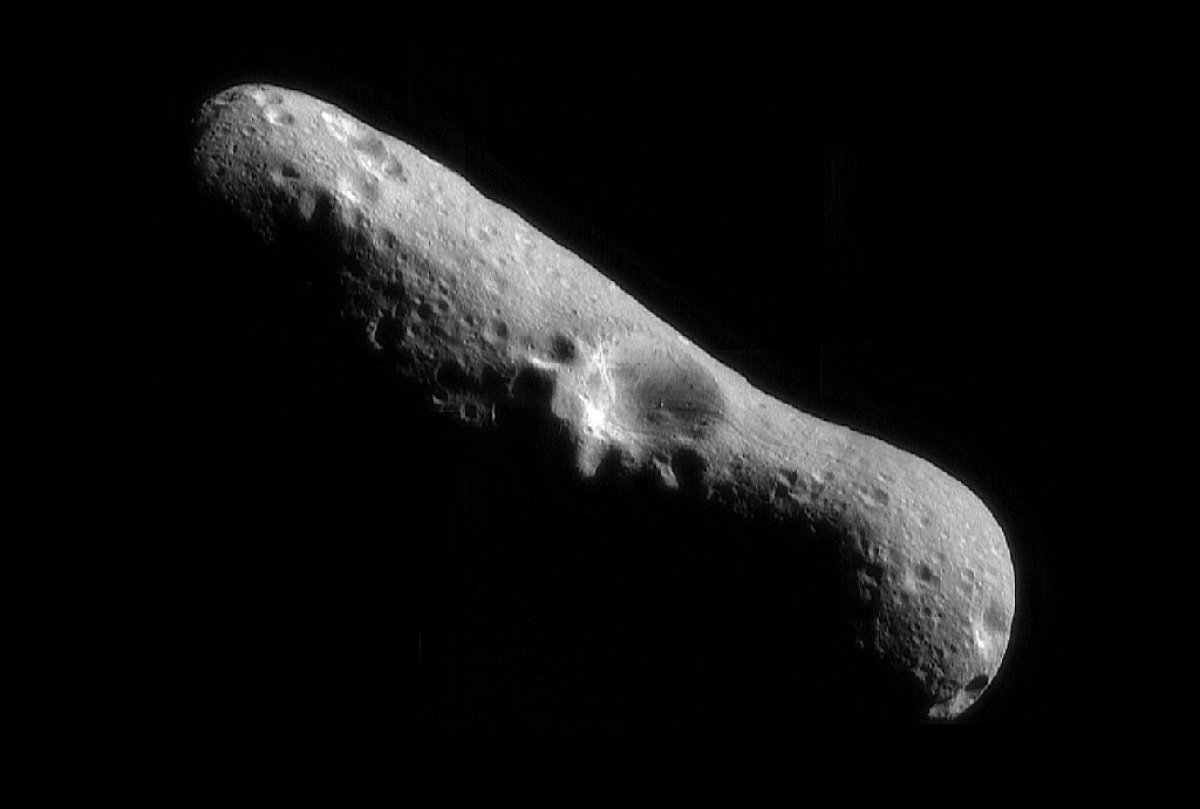An asteroid somewhere between the size of New York's Statue of Liberty and Italy's Leaning Tower of Pisa is set to fly safely past Earth on Tuesday.
Estimated to stretch between 170-400 feet across, asteroid 2010 WC9 should pass at about half the distance to the Moon at its closest approach, at 6:05 p.m. ET. It's not an especially big asteroid, but this will be a pretty close encounter for a space rock of this size.
"There are many close approaches from asteroids, [but] most are very small. Only very few objects of that size have ever been seen coming closer than the Moon," astronomer Guy Wells, of the Northolt Branch Observatories in London, told Newsweek.
Read more: Asteroid Bennu: NASA wants to use nuclear weapons to deflect 1,600-foot space rock
Although it will travel remarkably close to Earth, 2010 WC9 does not present any risk to our planet. Though it is much larger than the Chelyabinsk meteor that entered the skies above Russia in 2013, its trajectory will not bring it close enough to penetrate Earth's atmosphere.
You may be able to spot this space rock from home. According to EarthSky, the asteroid won't be visible to the naked eye. But if you point a small telescope in exactly the right direction at exactly the right time, you should be able to spy the asteroid through your lens. 2010 WC9, EarthSky reports, is traveling at about 28,655 miles per hour—that's one-tenth the speed of a bolt of lightning.
Even if you don't have a telescope, you can still enjoy the asteroid. If the weather in London stays clear Monday night, you should be able to catch a glimpse of the asteroid online through a live Facebook feed from Northolt Branch Observatories from about 7:00 p.m. ET. This is the night before Tuesday's close approach.

Read more: Sneaky asteroid skimmed past Earth just hours after detection
Astronomers discovered 2010 WC9 in 2010 but then "lost" it for nearly eight years. Telescopes lost sight of the space rock because it became very faint, EarthSky reported. Then, on May 8, 2018, astronomers spotted an asteroid which they temporarily called ZJ99C60. Soon recognizing it was the long-lost 2010 WC9, they reverted back to its original title.
Wells, whose observatory was one of a number to follow the object, told Newsweek: "Once enough data had been collected by us, and other observatories, it soon became apparent that it wasn't a new asteroid. We had helped to recover an asteroid that was lost eight years ago."
In addition to making great astronomy targets, asteroids offer potentially huge financial and scientific opportunities. Neil DeGrasse Tyson recently told CNBC that the world's first trillionaire would likely be an asteroid-miner.
Updated | This article has been updated to include comment from Guy Wells.
Uncommon Knowledge
Newsweek is committed to challenging conventional wisdom and finding connections in the search for common ground.
Newsweek is committed to challenging conventional wisdom and finding connections in the search for common ground.
About the writer
Katherine Hignett is a reporter based in London. She currently covers current affairs, health and science. Prior to joining Newsweek ... Read more
To read how Newsweek uses AI as a newsroom tool, Click here.








